Crafting an Eye-catching Logo Portfolio: Tips and Tricks
In the world of creativity, a flashy sales pitch may get you a few nods and some polite smiles, but it won't make clients break out of their wallets. Your logo portfolio, on the other hand, can make them reach for their chequebooks faster than a hot knife through butter.
But, let's face it, designing a logo portfolio is challenging. It's like trying to curate a playlist that will impress everyone at a party – impossible. That's why we're here to help you out.
First things first, the portfolio should be a reflection of your skills and creativity. Don't just throw in any random logo design you've ever created and hope for the best. Take your time to select your best work, the designs that make you proud, and leave out the ones that make you cringe.
Now, how should you present your portfolio? A website is a no-brainer, but it is also considered a physical book. It can be a great conversation starter and make you stand out in a sea of digital portfolios. Plus, who doesn't love the smell of freshly printed paper?
Next up, an organisation is critical. You don't want to confuse potential clients with a haphazard collection of logos. Organise your portfolio in a way that makes sense, such as by industry or type of logo. It will show that you're creative but also detail-oriented and professional.
And finally, don't be afraid to add a touch of humour. Sure, logos are serious business, but a clever pun or witty tagline can make you stand out and leave a lasting impression. Don't overdo it – you don't want to come across as a clown instead of a professional designer.
In a world where everyone claims to be a designer, your logo portfolio is your secret weapon. It's your chance to showcase your skills, creativity, and personality. So, create a portfolio that shines brighter than a disco ball, and get ready to impress the pants off your clients. (Well, maybe not literally. That would be awkward.)
Table of Contents
Curate your Logo Portfolio!

h, the temptation to show off every logo you've ever created. We get it – you're proud of your work, but your prospective clients have limited time and patience. They want to see your portfolio's crème de la crème, not a mediocre mishmash of logos.
Think of it like dating. You wouldn't show your prospective partner every photo from your awkward teenage years, would you? No, you'd select the best ones that make you look good and give the right impression. It's the same with your logo portfolio.
And speaking of making a good impression, don't let those mediocre logos drag down the value of your “home run” projects.
So, please keep it simple and stick to the best work you've created. Think of it as a highlight reel of your design skills. And if you're a beginner with a limited catalogue, don't worry. Focus on showcasing the projects you want to work on in the future. That way, you'll attract clients interested in the same type of work.
Remember, your logo portfolio is your chance to make a great first impression. Keep it concise, showcase your best work, and leave out awkward teenage photos. (Unless, of course, your logo is for a nostalgic throwback brand. In that case, dust off those high school yearbook photos.)
Showcase Your Versatility
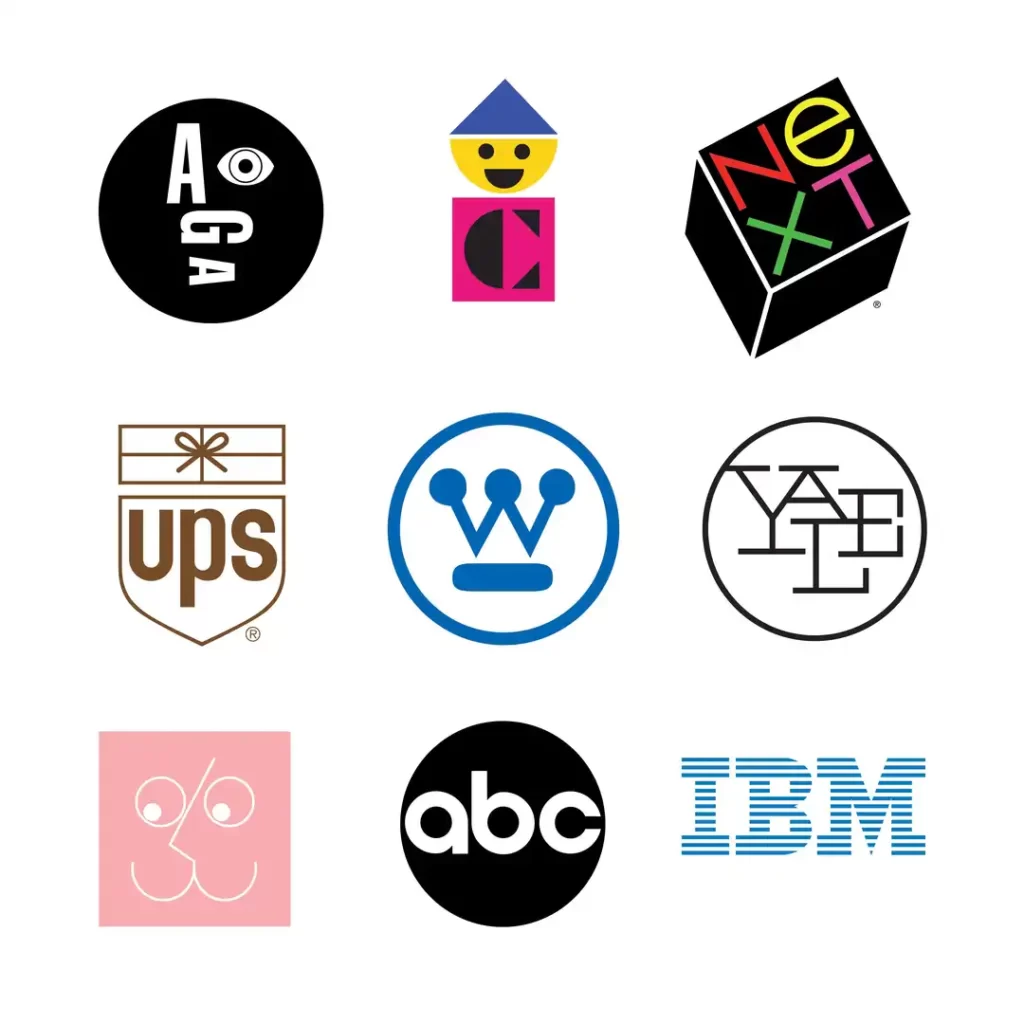
Regarding versatility in logo design, there's a fine line between being a specialist and being a one-trick pony. Suppose you've found your niche and happily designed logos exclusively for dog grooming businesses. Rock that dog paw motif with pride. However, even the most passionate pet lover can repeatedly get burnt out when developing the same logo.
That's where versatility comes in. And no, we're not talking about being able to use every font in the book (although that's a valuable skill, too). We mean being able to adapt your design style to different industries and audiences.
For example, versatility might mean exploring different colour palettes or trying other design techniques if you're a super-niche logo designer. You don't have to change your signature style completely, but showing potential clients you can handle different design challenges is a big plus.
On the other hand, if you're looking to work with a wide range of clients, you'll want to showcase your versatility by including logos from various industries in your portfolio. You don't have to be an expert in every sector, but showing that you can design a logo for a tech startup and a bakery will give clients confidence in your abilities.
As you add more projects to your portfolio, consider organising them by industry to make it easier for clients to find what they want. A well-organised portfolio shows that you're professional and take your work seriously.
So, whether you're a specialist or a jack-of-all-trades, remember that versatility is key in logo design. And if you're ever feeling stuck in a design rut, remember: there's always a new font to try out.
Share the Story Behind Your Logos
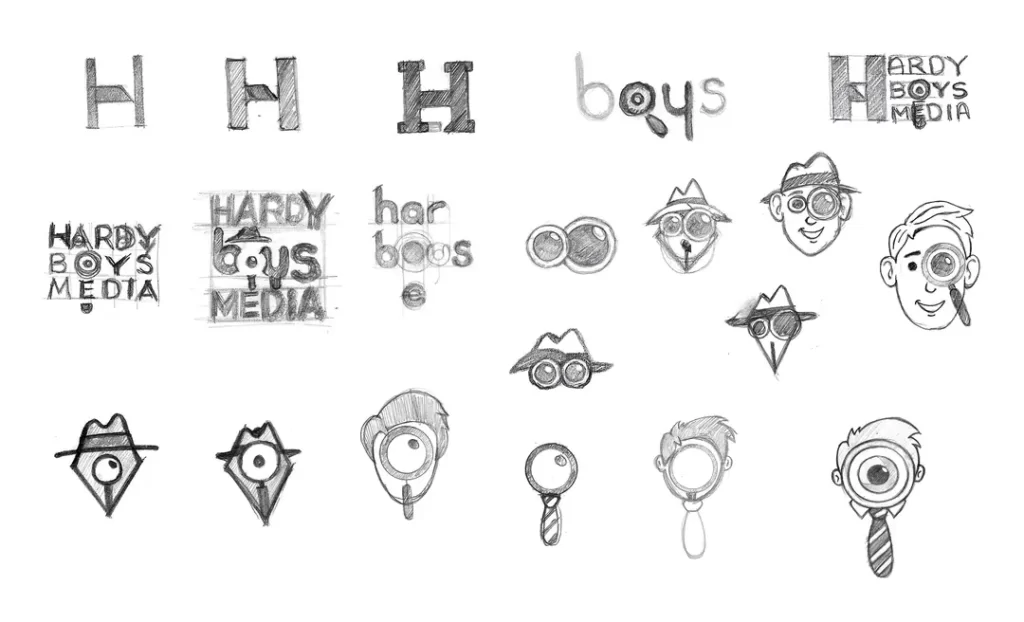
As a logo designer, you've probably poured countless hours into each design, agonising over every detail to create the perfect visual representation for your client's brand. And while the finished product is certainly something to be proud of, the story behind the logo can make it shine.
Think of it like a superhero origin story: every hero has a unique backstory that explains how they got their powers and what drives them to use those powers for good. Your logos are your superpowers, and your backstory gives them meaning.
So, why bother with a backstory? For starters, it shows potential clients you're dedicated to your craft. Anyone can slap together a basic logo, but it takes a true artist to put in the time and effort to create something truly unique and meaningful.
But more importantly, a backstory helps explain your design choices' thought processes. You may choose a specific colour because it evokes a particular emotion or is a nod to the client's history. Maybe you played around with different fonts until you found one that perfectly captured the brand's personality. Whatever the case, sharing that process with clients helps them understand the value of your work and the care that went into it.
And let's be honest, who doesn't love a good story? Adding a backstory to your logos showcases your design skills and engages your audience on a deeper level. People love to feel connected to the things they buy, and a well-crafted backstory can help them do that.
So, channel your inner superhero and add some backstory to your logos. You might save the day for a needy client.
Convey Your Process
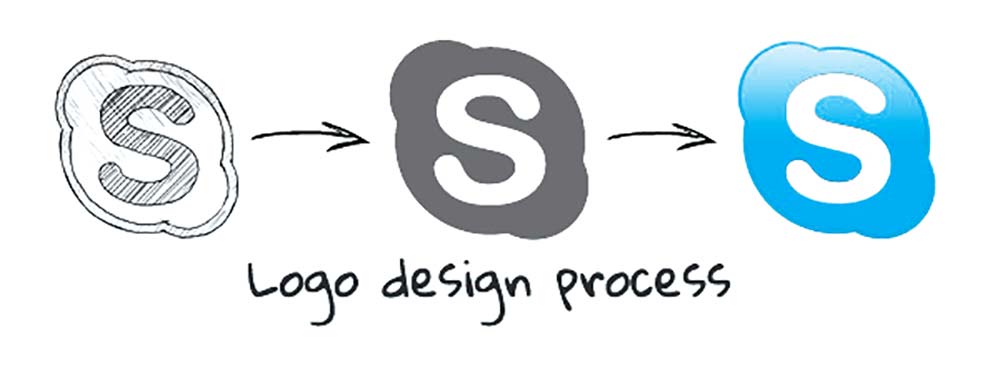
Creating a logo is like baking a cake. Like there are countless ways to bake a cake, there are endless methods to design a logo. And if you're a graphic designer, you must explain your unique recipe for creating logos to prospective clients.
Your creative process is like the foundation of your recipe. The backbone ensures your designs are consistent and your ideas are well-organised. And just like how you wouldn't bake a cake without a recipe, you shouldn't design a logo without a defined creative process.
But here's the catch: every project is unique, just like every cake requires a different recipe. So, while your creative process should remain the same, you should tailor your approach to each project according to the client's needs.
You're demonstrating your professionalism, experience, and expertise in the field by outlining your creative process in your logo portfolio. You're showing your clients that you don't just slap a few elements together and call it a day – you have a well-thought-out process that guarantees high-quality designs.
But wait, there's more! By sharing your creative process, you're educating your clients about the complexities of logo design. You're helping them understand that designing a logo is not just about making something that looks pretty; it's about creating something that resonates with the target audience, communicates the brand's values, and is versatile enough to work across different mediums.
So, remember to document your creative process next time you're designing a logo. And when showcasing your portfolio, don't hesitate to share your recipe for designing logos.
Have a Blog Section
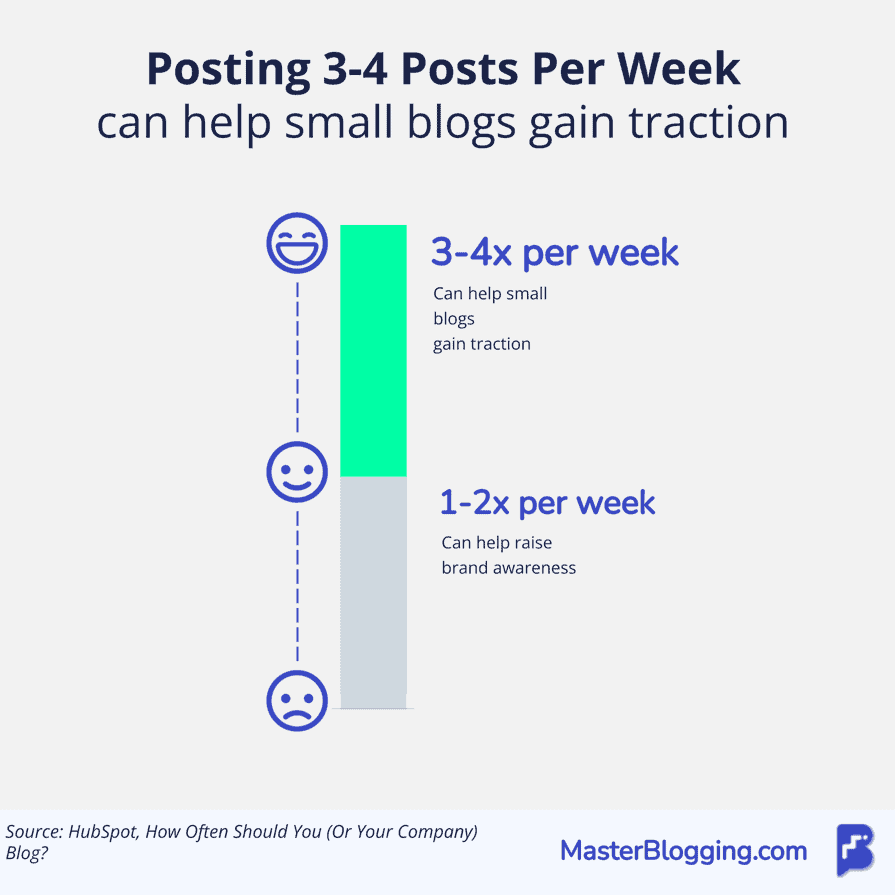
Ah, the mighty blog section on your portfolio. Not only does it give you a chance to show off your writing skills, but it can also help improve your website's visibility on Google. And let's face it, who doesn't want to be more visible?
But before you start typing away, make sure to do your research. You don't want to write about something that no one cares about. Use tools like Semrush or Ubersuggest to find trending keywords related to your topic. Otherwise, your blog post will be like a party without any guests. Sad and lonely.
Now, if you're thinking, “But I'm a logo designer. What could I possibly write about?” Fear not, my friend. There are plenty of topics to choose from. How about a post on the dos and don'ts of logo design? Or a guide to creating a creative brief that will make your clients swoon. The possibilities are endless.
A well-written blog will show off your expertise in the field and give potential clients a glimpse into what it's like to work with you. Are you a fun and quirky designer who loves to push boundaries? Or are you a more serious type who takes a no-nonsense approach to your work? Whatever your style, your blog is a chance to showcase it.
Include Testimonials
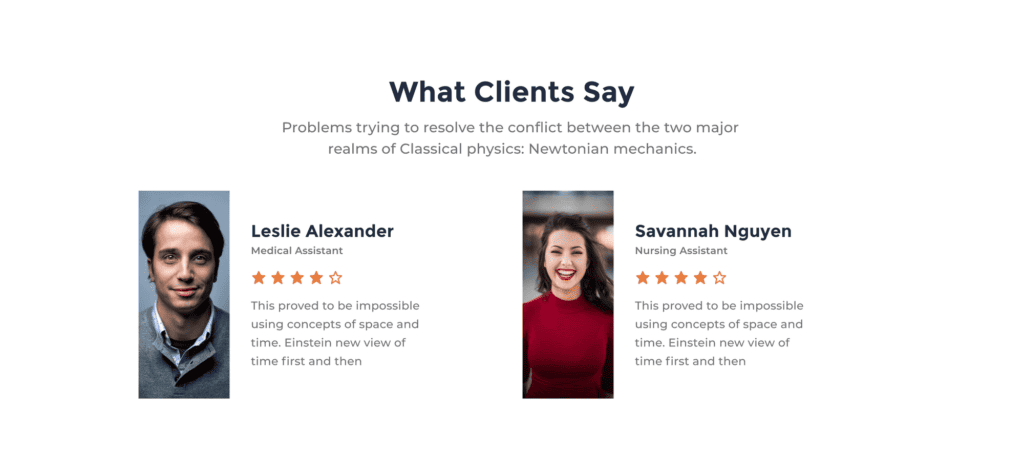
Let's talk about online reviews and testimonials – the magical things that can make or break a logo designer's career.
In today's world, reviews and testimonials are like gold. They have the power to influence purchasing decisions in a way that even your mom can't. Because let's face it, people trust online reviews more than their judgement.
As a creative mind, the testimonials you get should be more than just about the work you produce. They should tell a story about working with you – the good, the bad, and the ugly. When choosing a designer, your communication skills, how you respond to criticism, meeting deadlines, and understanding clients' needs are some factors that clients consider.
Getting clients to write them is the only problem – it's like pulling teeth. But fear not, dear designer! With every successful project, ask your clients to review the process of working with you. And hey, don't settle for a bland testimonial that talks about the work. Get them to spill the tea on the whole experience of having you design their logo.
Clients are looking for more than just a talented designer. They want someone they can trust and work with quickly. So, ensure your portfolio has testimonials showcasing your talent, professionalism, and work ethic.
Wrapping Up
Building a portfolio that sells doesn't have to feel like rocket science. It's not like you're trying to build a functioning rocket (unless you are, in which case, good luck). All you need is to make the correct information visually appealing.
Think of your portfolio as your resume, but instead of words on paper, it's a collection of your best work that shows what you can do. Potential clients want to see your identity in the field, your project approach, and why you're the perfect fit for the job. It's like dating – you want to show off your best qualities and convince them that you're the one they've been looking for. Just don't go overboard with the flowers and chocolates.

It’s great when the article contains practical advice and examples, I think this is very important. Thank you for using real life examples, this is a great demonstration of how to create a portfolio that will resonate with clients and help them understand the design style and possibilities. Everyone wants to create a professional logo portfolio, a must read.